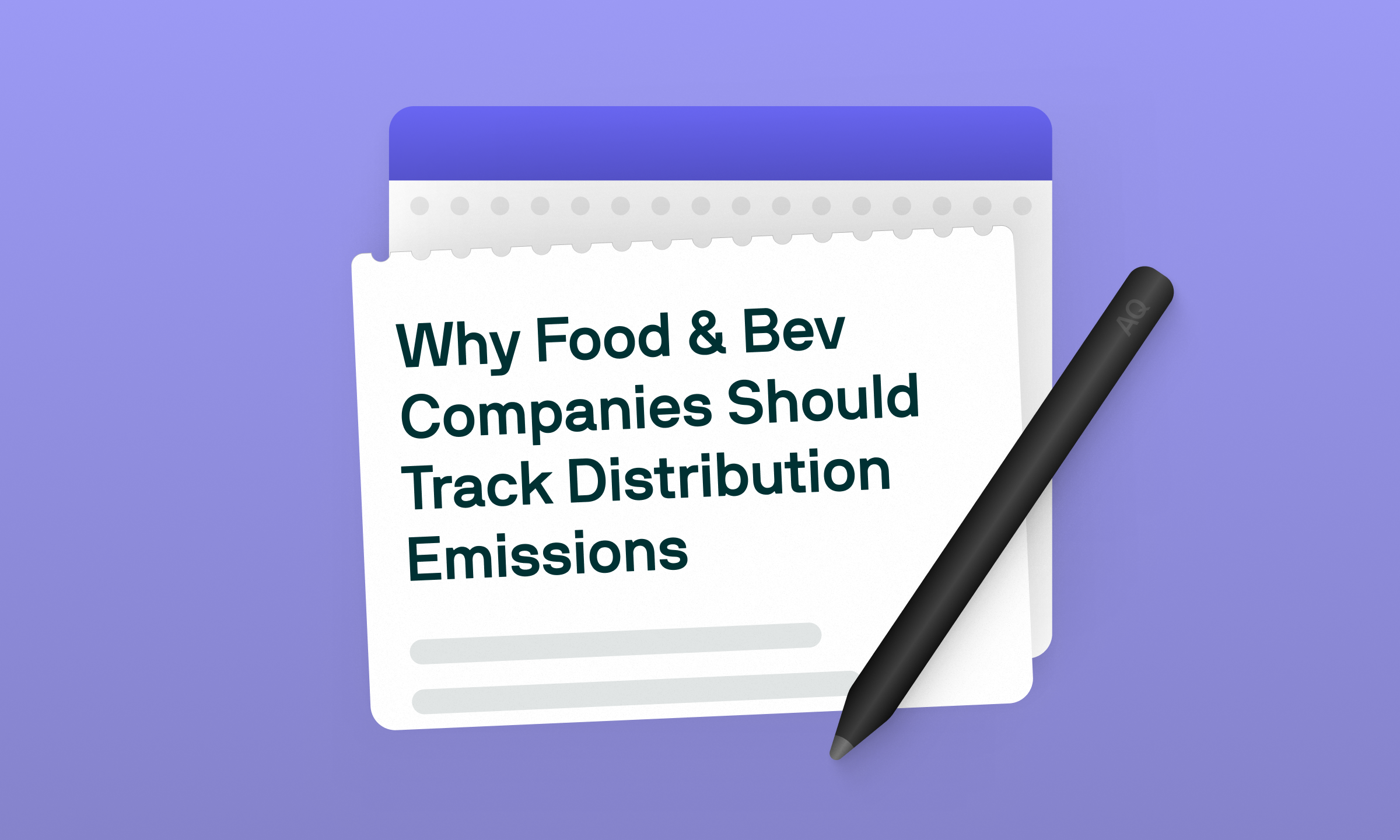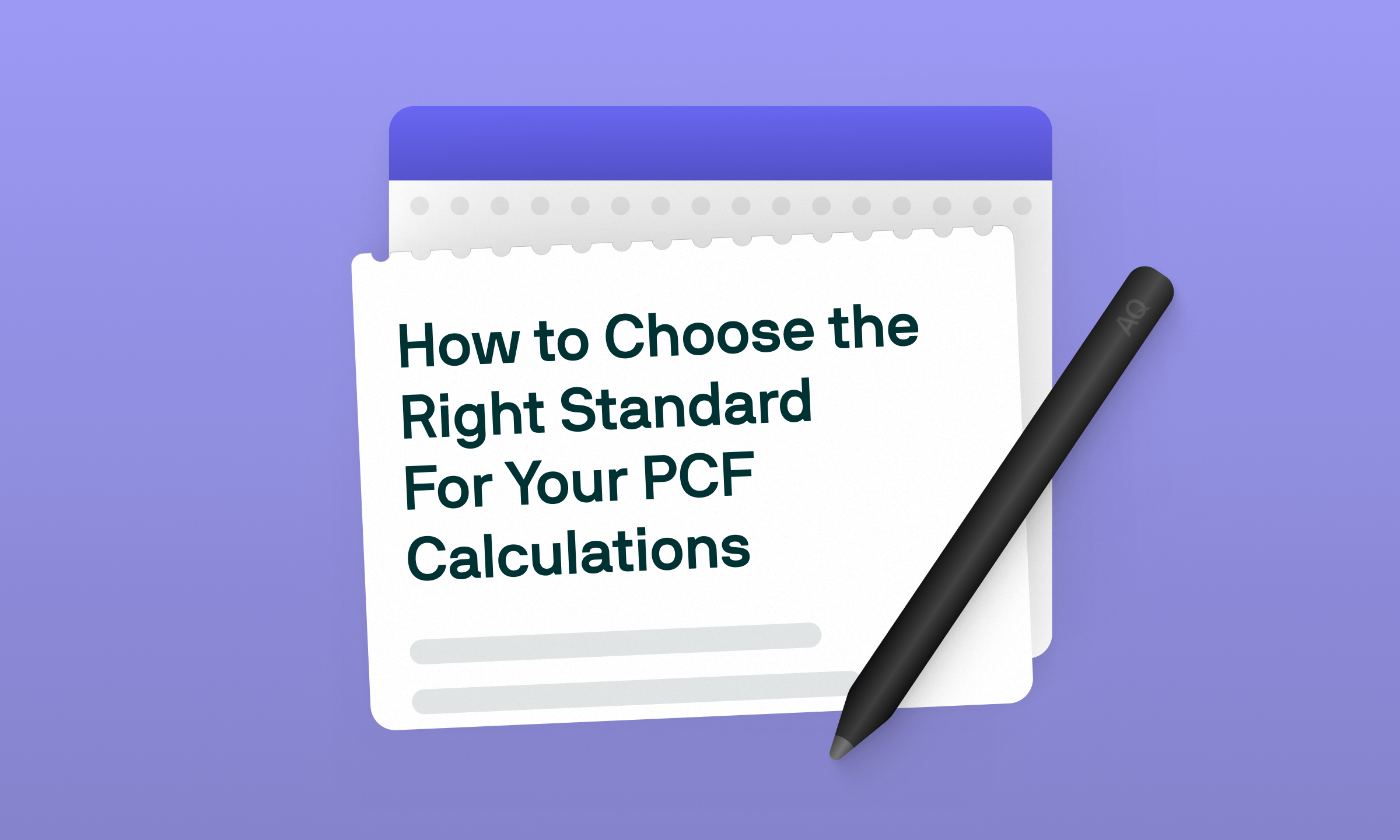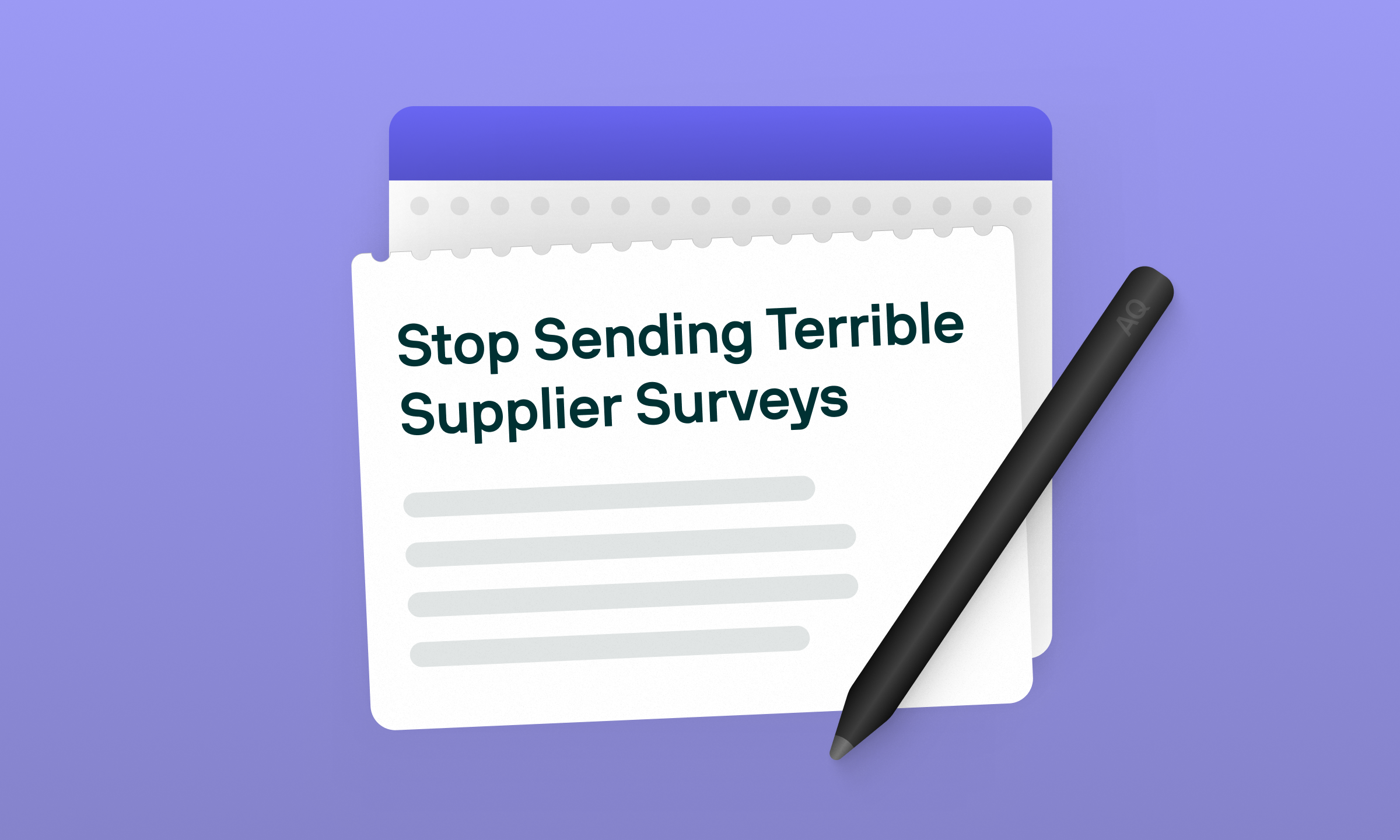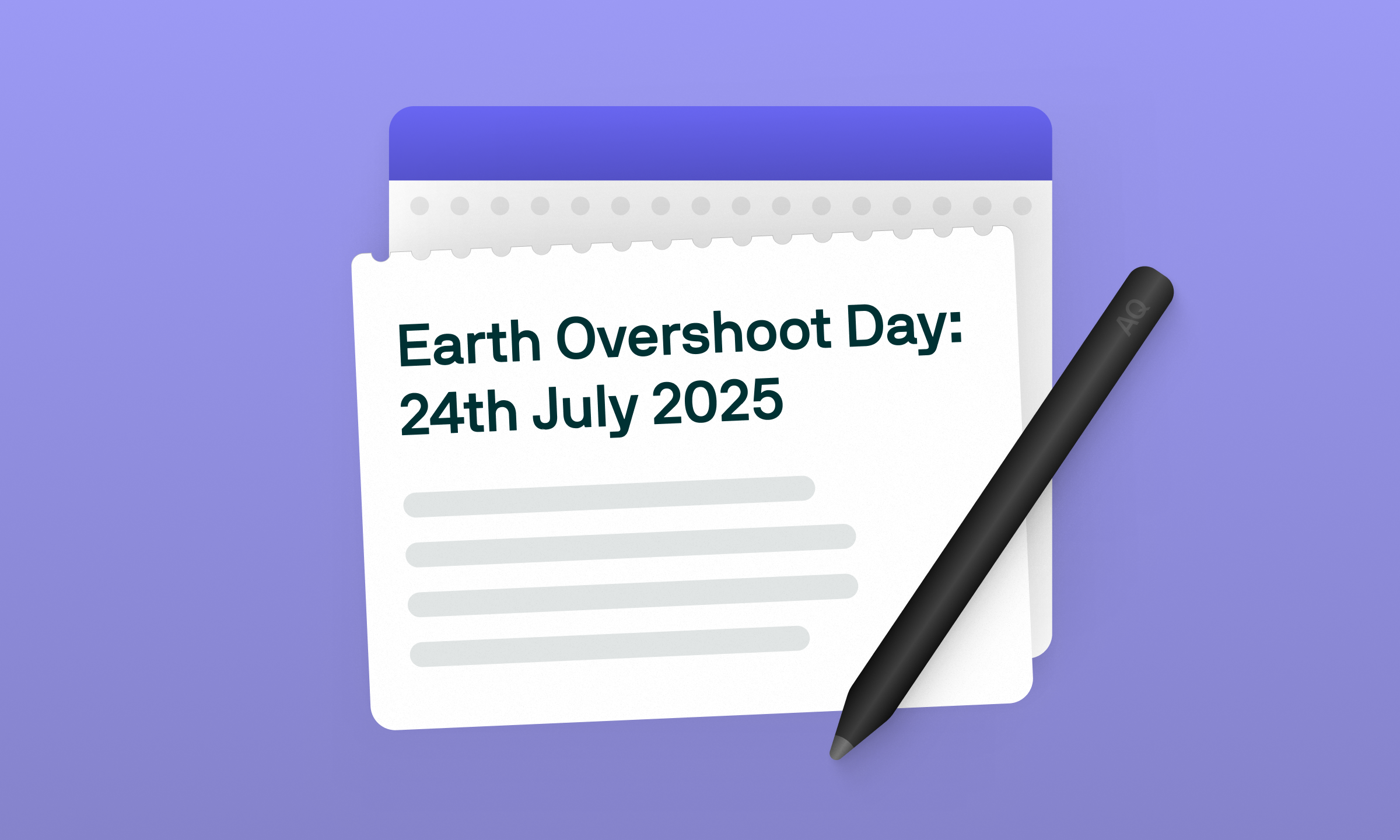Product Decarbonisation Playbook for Food & Beverage Companies
.png)
What you'll learn



The Food and Beverage industry's carbon footprint is massive, accounting for roughly one-third of global emissions. But here's the good news: the pool of decarbonisation opportunities is equally vast. The challenge is knowing which changes will deliver the biggest impact before you commit resources – and we'll show you how product modelling helps R&D teams test exactly that. Here's your decarbonisation playbook, backed by real examples from industry leaders.
1. Switch to Lower-Carbon Ingredients
The most direct route to product decarbonisation often starts with your recipe. Even when plant-based alternatives aren't viable for every product, significant reductions are possible through smarter sourcing. Think regenerative agriculture practices or lower-methane dairy from progressive suppliers.
Leading Examples:
- Unilever's ‘Future Foods’ Ambition: After acquiring The Vegetarian Butcher in 2018, Unilever set target for €1 billion in annual sales from plant-based alternatives by 2025-2027. To achieve this, they've rolled out plant-based options across 30+ countries, secured the Burger King plant-based contract for EMEA, and invested €85 million in 'The Hive' food innovation centre at Wageningen University in the Netherlands. Their vegan Magnum won PETA's Best Vegan Ice Cream award, whilst Hellmann's Vegan Mayo and Ben & Jerry's dairy-free options topped Nielsen's Breakthrough Innovations list.
- Arla's Methane-Cutting Feed Additives Pilot: European dairy cooperative Arla Foods partnered with Royal DSM to pilot Bovaer® feed additives across 10,000 dairy cows, aiming for around 30% reduction in methane emissions whilst maintaining animal welfare standards.
2. Power Your Operations with Renewable Energy
Electrification only reduces emissions if your grid is clean. Control this through Power Purchase Agreements (PPAs) and direct renewable sourcing. This isn't just about your own operations – work with suppliers to green their energy too.
Key Actions:
- Transition fossil-powered machinery to electric alternatives
- Secure renewable energy through PPAs (wind, solar, nuclear)
- Electrify vehicle fleets (but ensure the grid is green first)
- Partner with suppliers on their energy transition
3. Reimagine Your Packaging
Sustainable packaging demands more than material swaps. It's about reducing impact, meeting regulatory requirements, while ensuring product integrity.
The EU's Packaging and Packaging Waste Directive sets clear targets: by 2025, 65% of all packaging waste must be recycled (including 50% of plastic and 75% of paper/cardboard), rising to 70% by 2030. Plus, Extended Producer Responsibility (EPR) schemes mean you're financially responsible for your packaging's end-of-life.
Leading Examples:
- Coca-Cola's 100% rPET Bottles: Coca-Cola has switched to 100% recycled plastic (rPET) bottles across Western Europe and the US. In the Netherlands alone, this eliminated 10,000+ tonnes of virgin plastic annually – a 21% reduction in bottle carbon footprint.
- Mars Wrigley's Paper-Wrapped Mars Bar: The iconic Mars bar ditched plastic for paper in a UK pilot with Tesco. Mars achieved Carbon Neutral certification, becoming the world's largest carbon-neutral chocolate bar.
4. Transform Your Supply Chain
Your suppliers' emissions are your emissions. This isn’t just about switching suppliers – it's about partnership. Work towards long-term relationships focused on carbon reductions, share your sustainability priorities transparently and work together to identify reduction opportunities.
Leading Example:
- Tesco's Scaling Impact Through Suppliers: Tesco’s 500 UK produce suppliers achieved LEAF Marque certification for biodiversity. Five suppliers tested low-carbon fertilisers. For soy, Tesco co-founded the UK Soy Manifesto – companies representing 60% of UK soy committed to deforestation-free sourcing by 2025.
Read more on supply chain decarbonisation here.

Product Modelling: Your Recipe for Success
Ingredient swaps, packaging redesigns, supplier changes – the combinations are endless. How do you know which path will deliver the biggest impact without expensive trial and error? This is where product modelling comes into play. Instead of costly pilots and months of waiting, R&D teams can test every scenario virtually. Model dozens of changes, see their exact impact, and build data-backed business cases – all before committing a single resource.
How It Works in Practice
Let's walk through a real example using Altruistiq's Product Modelling. You're developing a new ice cream range and considering plant-based milk alternatives. Should you make the switch? Let's find out. Take your standard dairy recipe. Your carbon footprint (cradle-to-gate) includes:
- Raw materials
- Water and energy use
- Packaging
- Waste
- Transport
Now, swap whole milk for almond milk and run the model:
- Dairy milk: 4.09 kg CO₂e/kg
- Almond milk: 3.79 kg CO₂e/kg
- Result: 7% reduction in product footprint from one ingredient swap.
And this is just the start. Try oat milk, model recycled packaging, compare five suppliers' emission factors. Don’t stop at the first swap. Plant-based doesn't automatically mean lower carbon. Some highly processed alternatives can have higher footprints than responsibly-sourced dairy. Emission factors vary significantly by region and production methods. Almond milk might reduce carbon but raises water usage concerns. Meanwhile, dairy producers using regenerative practices or methane-reducing feeds are achieving impressive reductions.
The model gives you a complete view. It shows where to focus your efforts whilst flagging where deeper analysis is needed. Maybe those emission factors need verification. Perhaps water usage and biodiversity impacts deserve equal weight in your decision. Product modelling doesn't push you toward one solution – it helps you navigate the complexities with real data, whether that leads to optimised dairy, plant-based alternatives, or a portfolio approach.
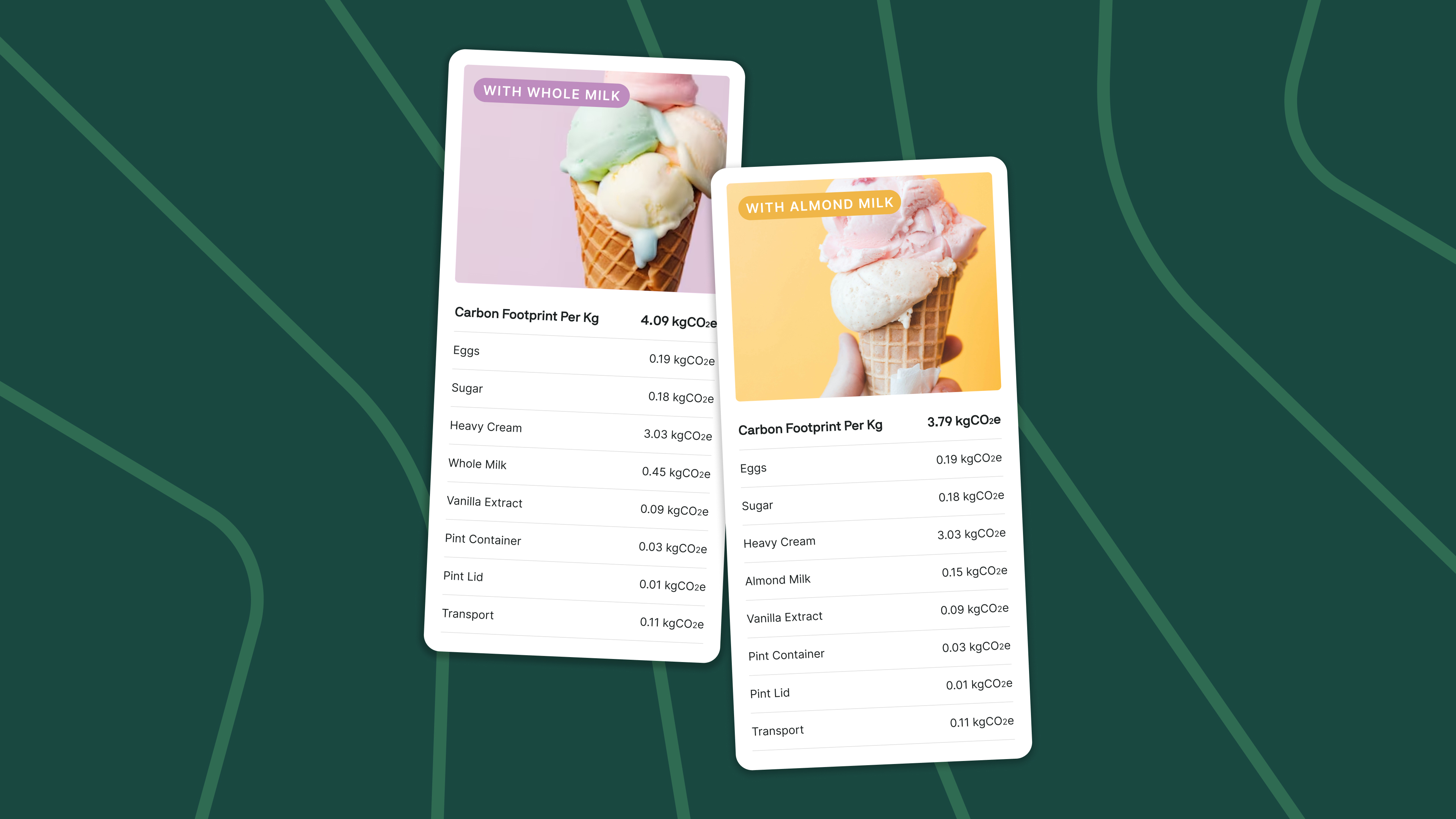
Real-Time Modelling with Altruistiq
Altruistiq’s Product Modelling feature lets you test carbon reduction strategies in real time, without the real costs. You can:
- Adjust weights of any material or packaging input
- Swap ingredients using your actual supplier emission factors, emission factors in the AQ database, or your own “user-generated” emissions factors
- Test packaging alternatives with recycled content percentages
- Compare scenarios side-by-side
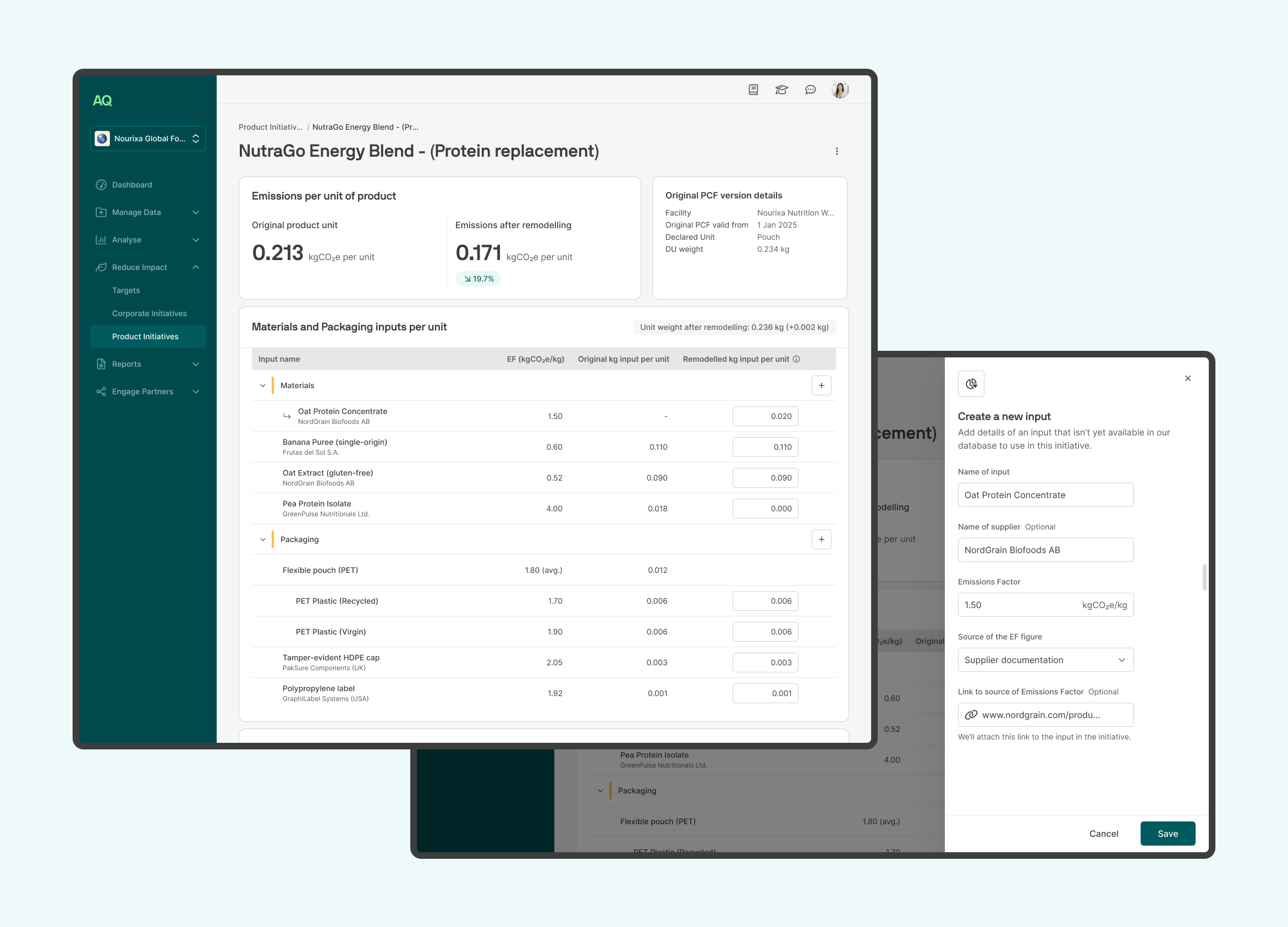


.svg.webp)



